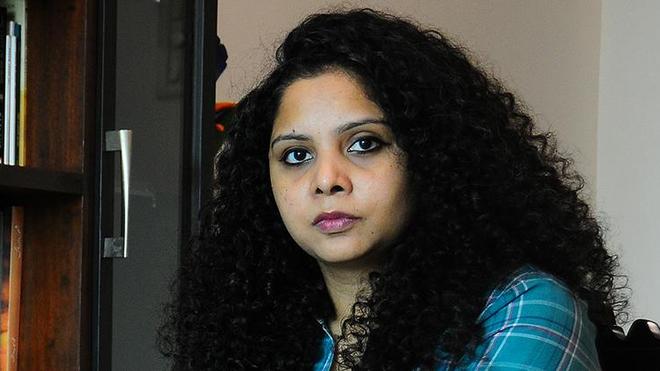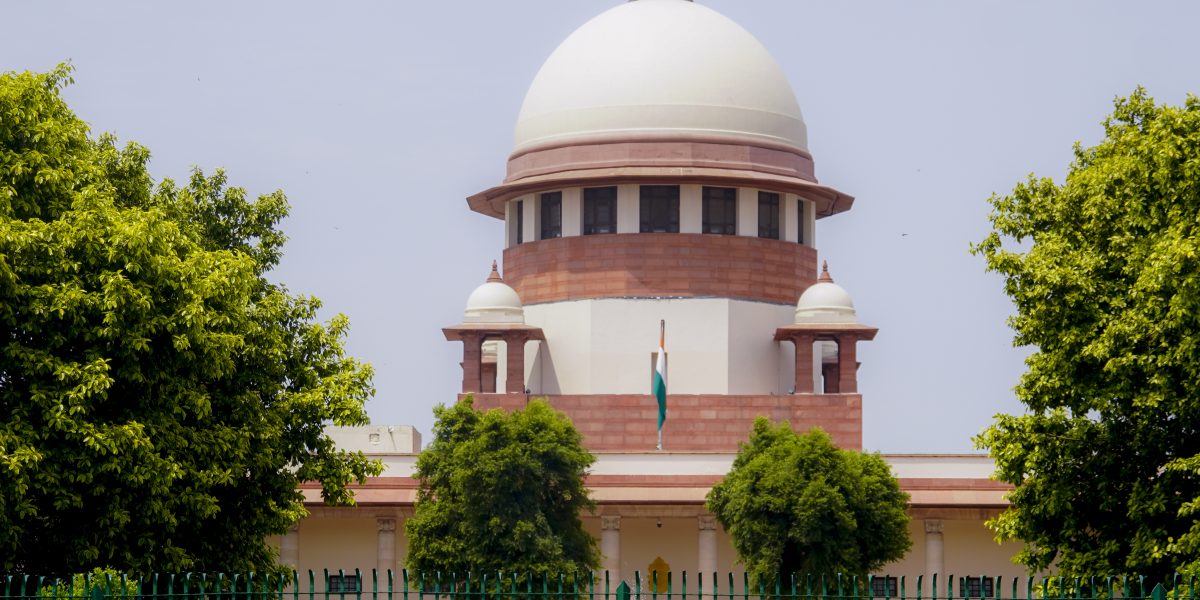
Both establish sets of social relationships: among the believers in the case of faith, and among the political supporters in the case of ideology. The relationships between them are constituted by identity. Hindutva claims to speak for the Hindus. It speaks of the right of Hindus to monopolise power in a nation-state. It believes in the politically primitive axiom that numbers, or the lack thereof, govern the distribution of power in India. We shall not go into the thorny question of how many Hindus subscribe to this ideology. That requires several large surveys.
The issue at hand is different. The category of Hinduism that Hindutva has appropriated is complex and contradictory. Some Hindus are upper-caste, male, propertied, oppressive. Others are low castes, women, the landless and the oppressed. Is it not impossible to speak of, or write of Hinduism in the 21st century without speaking of caste? Caste within Hinduism forms a complex connection between domination, subordination and resistance.
There is no duality to be found here. The rich are rich and the poor are poor because the society is complicit in the creation of poverty. Both classes are the products of an integrated process of appropriation. Poverty breeds unfortunate consequences and suffering that strips human beings of dignity.
Therefore, an unequal society is wracked by discontent and revolt even if both classes belong to the same religion. Struggles against unjustly accumulated power have revealed the many inequalities in the life chances of fellow religionists. And this issue has not been resolved by Hindutva in the last seven years. In whose name do the votaries of Hindutva speak when they speak?
We can add a host of other hierarchies within the category of Hindu: gender and sexuality. Not everyone benefits from the power and privilege that Hindutva has brought, some do. It is little wonder that the ideology of Hindutva promises to deliver to the community and its many divisions homogeneity. No caste? Seriously?
Perhaps, it is time that we begin to remember what caste has done to women, men and children. The political utopia that Hindus will govern in the interests of their fellow religionists has been exposed as an illusion. What exactly does Hindutva speak of when it speaks of Hinduism? Of a metaphysical, abstract and upper-caste religion?
Since the 19th century, philosophers, public intellectuals and, subsequently, leaders of the national movement have tried to discover the lost ‘soul of India’ through the rediscovery of the Vedanta. This had already been discovered by German Romantics, Indologists, Orientalists, administrative officials and missionaries in the eighteenth and nineteenth centuries. Surprisingly, Indian intellectuals joined the western acclaims of a rich and sophisticated Vedic tradition without acknowledging its adverse impact upon society: the consolidation of Brahmanical superiority. Nor did they take into account the debates and the many traditions that exist within and outside the Vedanta.
This was made clear by philosopher Dharmendra Goel in 1984 in a special issue of The Philosophical Quarterly in which scholars engaged with the lecture ‘Swaraj in Ideas’ delivered by philosopher Krishna Chandra Bhattacharya in 1929. Bhattacharya had argued that we can only achieve Swaraj when we interpret western ideas through the prism of our own culture.
Which culture is Bhattacharya speaking of, asked Goel. India’s past cannot be articulated within the limited perspective of Sanskrit traditions, even if we add to the Vedas the dharma shastras, epics, poetic classics, theatre, dramaturgy and niti shastras. The ahimsa of the medieval Brahmanic Vaishnavism is from Buddhist and other non-Aryan sources. Sexuality in Tantric Shaktism is derived from primitive oral beliefs and rituals. Tribals carry Brahmanical texts in their oral myths. Kautilya’s Arthashastra is incompatible with the Purushartha and Varnashrama principles in the epics. The great grammarian, philosopher and yogi, Bhartrihari, of the classical period wrote erotic and evocative lyrics, and also advocated purity of desire and penance.
The tantras and eroticism of the medieval Indian life, writes Goel, challenged the austere paradigm of the Indian civilisation. Which is representative of the Indian spirit? Jagannatha Panditaraja dwelling on old poetic conventions in Sanskrit at the Mughal court? Or, the bani of Guru Gobind Singh in Punjab and of Rahim in Avadhi-speaking areas? Or, Ghalib’s Urdu? Ghalib and Guru Gobind Singh are as much a part of our lives as Ramayana.
Goel’s argument allows us to think of fusions. Our language, Urdu, is a product of the spiritual traditions of mystics and saints. The language of love and compassion, Urdu embodies the heritage of great poets from Khusrau to Ghalib. Hindus worship in temples as well as at the mazaar of Sadr-ud-din at Malerkotla in Punjab. The Malerkotla Gazetteer of 1904 remarked: ‘It is strange that these fairs are mostly attended by Hindus though Sadr-ud-Din was a Muslim Saint.’ Hindus offer flowers and fruits to Goddess Kali at a temple in South Delhi and red meat and country liquor to Lord Shiva (in his Kaal Bhairav avatar) at another temple down the road.
It is time we acknowledge that Hinduism is a collage of our dialogical, spiritual, intellectual and poetic traditions. Which tradition of Hinduism does Hindutva speak for?
This story first appeared on tribuneindia.com






